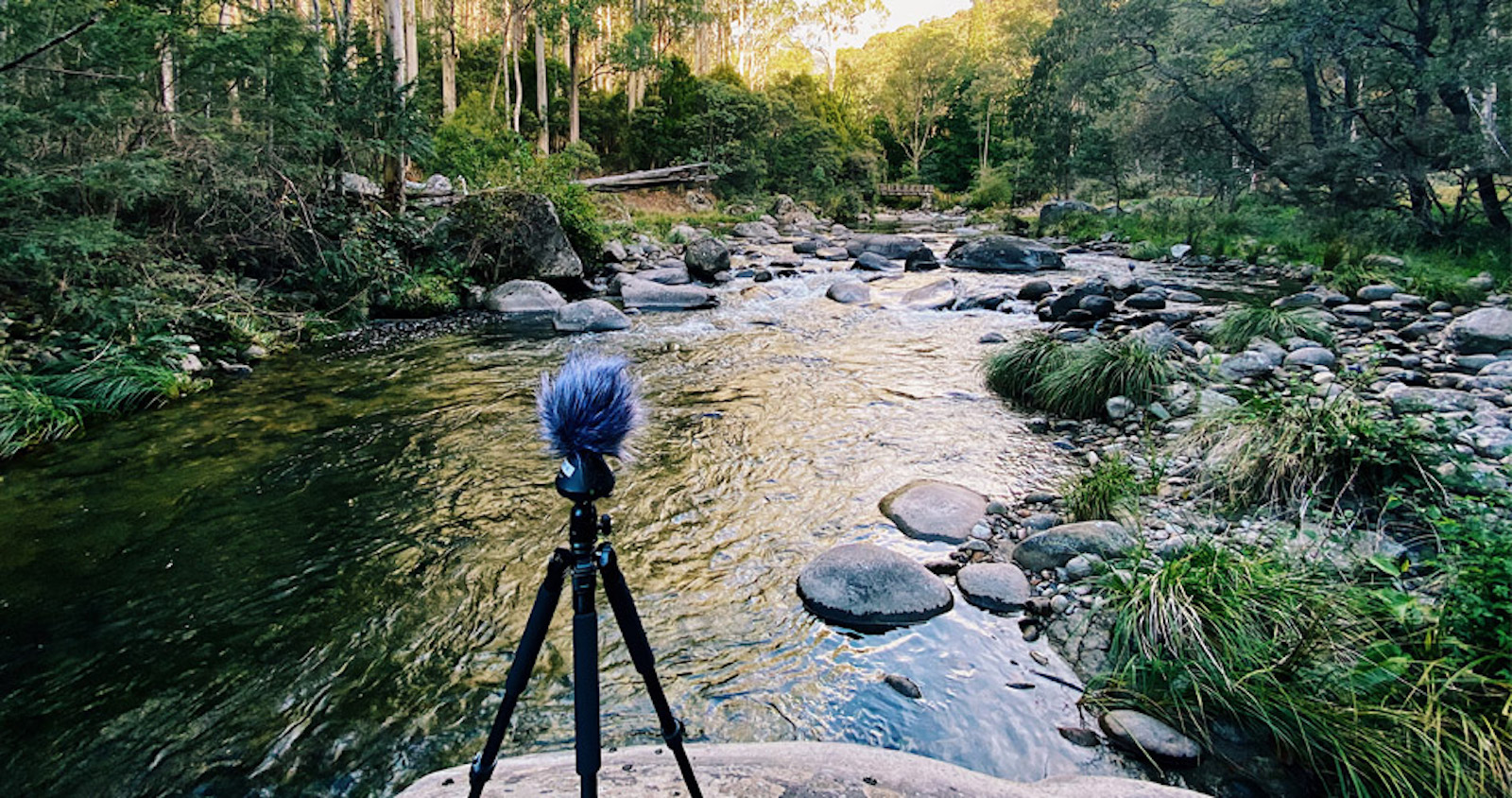Entry 1 - 05.03.21
Introduction sentence for FB:
“I felt a challenge in those works in the exhibition to approach water once again, a subject matter I’ve found difficult in the past as I try to balance accurate representation with aesthetic value…”
I recently read The Overstory by Richard Powers, a stunning book all about trees and the ways they connect in and out and through peoples’ lives. Those around me know how I feel about that book – I’ve been raving about it to anyone who mentions even half of a soft spot for trees, or books.
I’ve spent a bit of time recording natural environments, and even more time analysing those recordings. To summarise my analyses: yeah, birds are cool. They can sound beautiful, especially when you listen for the sonic relationship between different types of birds as they call. They’re birds, they’re the over-achievers. We get it. And sure, creeks and wind have emotive weight to their sounds (and a frustrating knack for sounding just like white noise in a recording and being so difficult to work with). But trees, well, trees have the most unique set of sounds and movements – the kind of blink-your-ears-and-you’ll-not-notice-it sounds (you know what I mean). Leaves rustling against one another in the breeze; slow creaks and groans that travel the length of a branch, or a trunk; loose bark that slaps gently against the side of its host in the wind, almost rhythmically.
So, what a joy it’s been to arrive in Bogong which is surrounded by big old trees. Gums aplenty in particular. It’s been my first chance to really see some proper trees since finishing The Overstory and boy is it instantly calming, inspiring, reassuring. A far cry from the almost universally hated plane trees that line Melbourne.
My first few days in Bogong have been filled with catchup. Rushing frantically to get all the other lingering bits of work, meetings, deadlines, out of the way so that I can focus on sticking some mics next to some trees. Then, on Thursday, Madelynne took me to see B-CSC’s Notes From The Field exhibition in Albury, full of works generated by other resident artists during their time here. I found most inspiring how many of the works and artists connected through water - either overtly or not – which is not only an environmental force here, but a social and economic one too.
That afternoon I parked my microphones next to the Kiewa River that runs past the village and captured an hour or so of beautiful white noise for my audio hard drive. I felt a challenge in those works in the exhibition to approach water once again, a subject matter I’ve found difficult in the past as I try to balance accurate representation with aesthetic value. As my work centres heavily on preserving the detailed sounds of the environments I record, and working around them, rushing water is my big foe. It’s significant, beautiful, can be heard as a distant, comforting constant through the whole area here. But it’s a lot. Where can I find space in that total sound to create composition? Perhaps this will be one of those compromising-the-science-for-the-aesthetics situations. I need to find where to balance on that line - there’s some ideas in my head. Perhaps I’ll go sit next to a tree and think on it. I’m sure I’ll have it solved by Monday, then.
